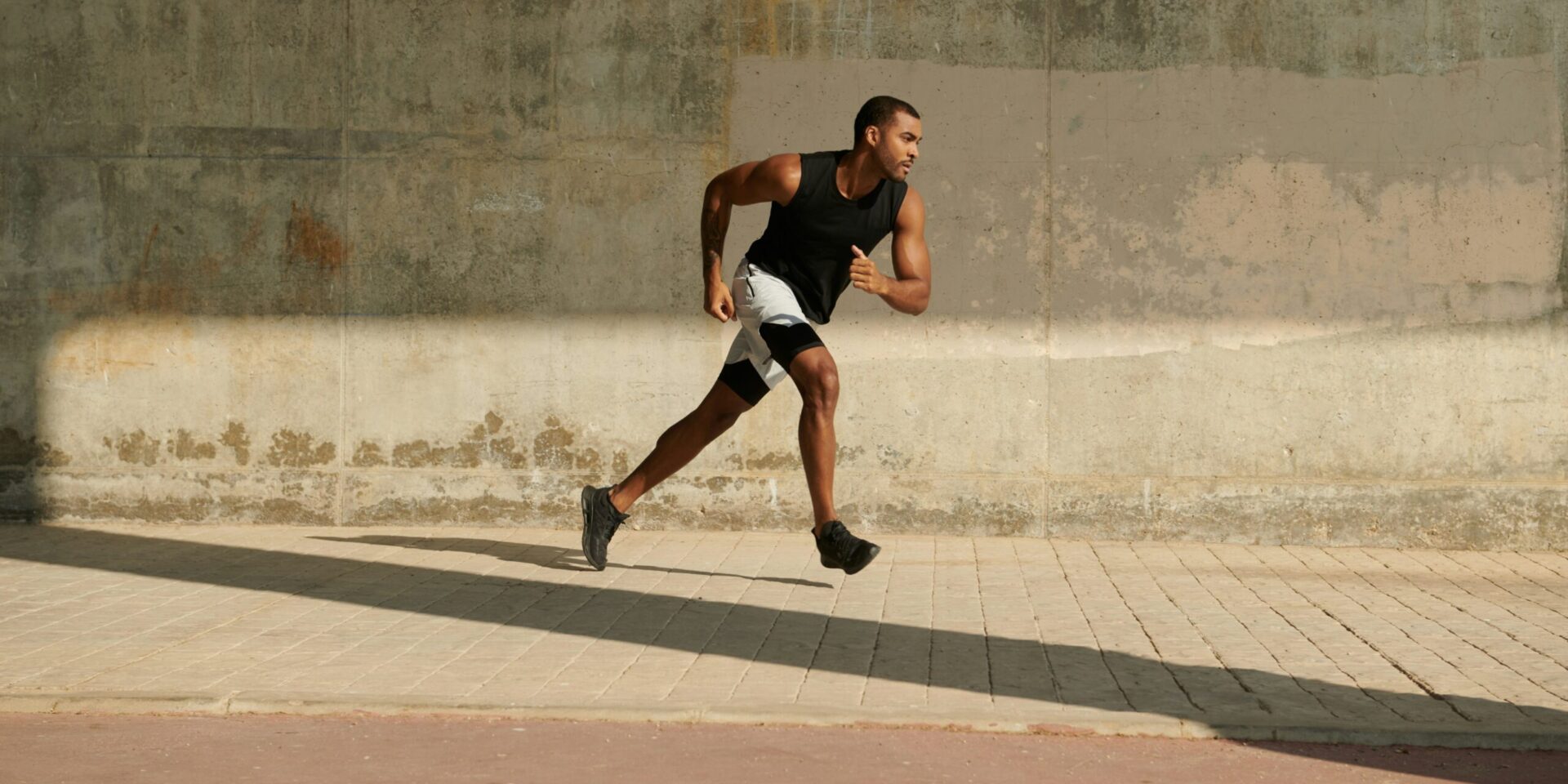In the evolving landscape of men’s fitness, the focus has shifted from sculpting physiques to nurturing holistic well‑being. In 2025, data-driven training, AI-powered coaching, and recovery‑centered practices are emerging not just as optional extras but as the backbone of effective wellness programming for men
Industry surveys indicate that about 75 percent of men are prioritizing health over appearance this year, embracing routines that blend strength, mobility, and mindfulness rather than mere muscle gain. The era of “no pain, no gain” is giving way to strategic training balanced with restorative recovery, a transformation endorsed by top organizations like the American College of Sports Medicine
Wearable tech, once relegated to step counters, now delivers a comprehensive biometric picture—tracking hydration, stress, metabolism, sleep quality, and heart rate variability. These devices feed into AI systems that interpret the data and adapt training or recovery recommendations in real time. Predictive models can even suggest rest or nutrition tweaks based on fatigue or late‑night patterns
AI-based fitness apps have become increasingly sophisticated, analyzing data to tailor workouts based on user history, goals, and recovery needs. Real‑time feedback is now possible via smart gyms or virtual trainers using motion‑detection and computer vision tech for posture correction and injury prevention. These AI coaches act like digital personal trainers—adjusting workouts dynamically, advising on technique, and suggesting recovery strategies
An emerging frontier in men’s fitness blends genetic testing with AI personalization. By analyzing an individual’s DNA, programs can identify predispositions in metabolism, muscular endurance, or injury risk—creating precision workout plans that evolve over time.
Read Also: https://mensreporter.com/old-school-workouts-make-a-comeback-in-2025-fitness-trends-2/
Recovery is no longer an afterthought. Active recovery—gentle movement like walking, yoga, swimming, or cycling—is widely adopted to stimulate circulation, flush lactic acid, and promote flexibility without strain. Recovery tools such as foam rollers, massage guns, and compression wear are now embedded in many fitness routines. Cryotherapy, infrared saunas, and recovery centers offering high-tech treatments are becoming standard support services
Health experts have pivoted away from pushing through soreness toward a smarter balance of exertion and rest. Industry recommendations now include 48-hour muscle group rest windows and integrating mindfulness techniques to manage stress alongside muscle recovery
Low-impact, movement-based practices like Walking Yoga, Pilates, and similar mobility workouts have soared in popularity. Not only do they support flexibility and range of motion, but they also offer mental wellness benefits—reducing stress and bolstering emotional resilience
Gyms and studios are evolving into hybrid wellness hubs, integrating on‑site recovery tools like cryo‑chambers and dedicated stretching zones with virtual and in‑person programming. Group fitness formats—from HIROX drills to power Pilates and run clubs—provide both community connection and motivation, with nearly 40 percent of men participating in some form of group class in the U.S. last year
Beyond workouts, AI is playing a broader role in men’s wellness. Surveys indicate that over one-third of Americans use AI for health management tasks—such as wellness research, meal planning, mood monitoring, and more—with men among the most engaged users. Platforms like CloudFit are now combining personalized AI fitness routines with nutrition and sleep guidance, even being adopted in corporate wellness programs to improve mental and physical health outcomes
The male self‑care space is thriving. Experts estimate the men’s wellness market is now valued in the tens of billions of dollars, driven by Gen Z and millennials prioritizing emotional support, longevity, and personalized routines over traditional masculinity tropes. Brands capitalizing on this trend are offering AI‑based diagnostics, behavioral coaching, and tailored supplements while promoting mental health and emotional openness
This paradigm shift reflects broader societal changes. With rising concerns over burnout, overtraining, and mental fatigue, men’s fitness is no longer just about peak performance in the short term—it’s about enduring health and sustainable routines. Incorporating recovery and mindfulness supports not only the body but also neurocognitive health, stress management, and longevity
What began as niche tools and occasional low‑impact sessions have coalesced into a mainstream movement: men in 2025 are embracing data-driven workouts, AI-powered coaching, and recovery-focused routines as the pillars of fitness. Wearable insights, genetic personalization, hybrid spaces, and mindful movement combine to redefine male wellness around longevity, balance, and mental resilience.

